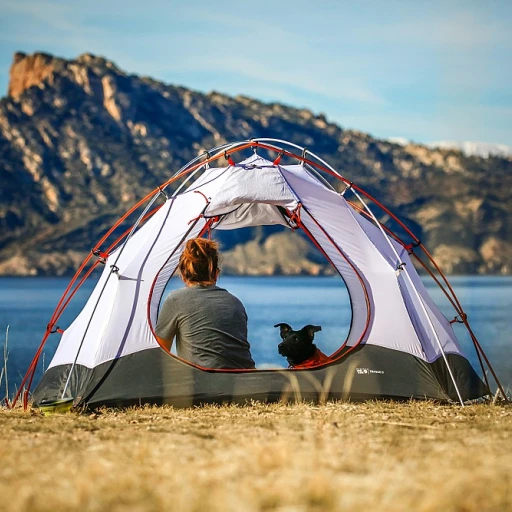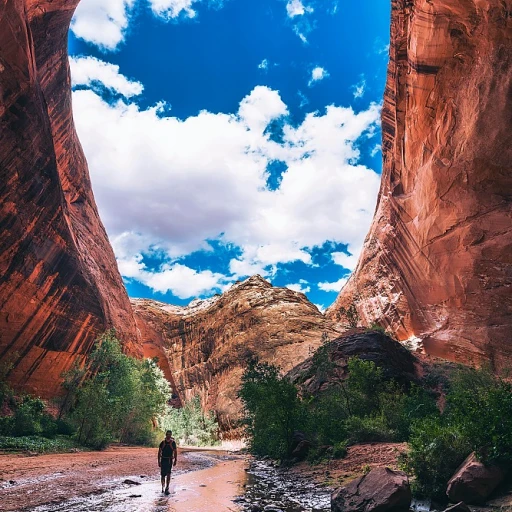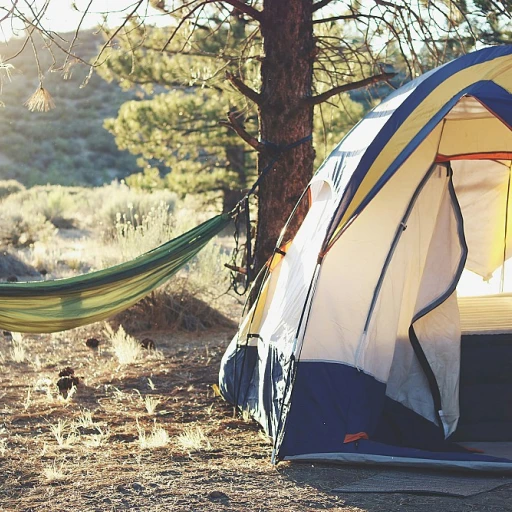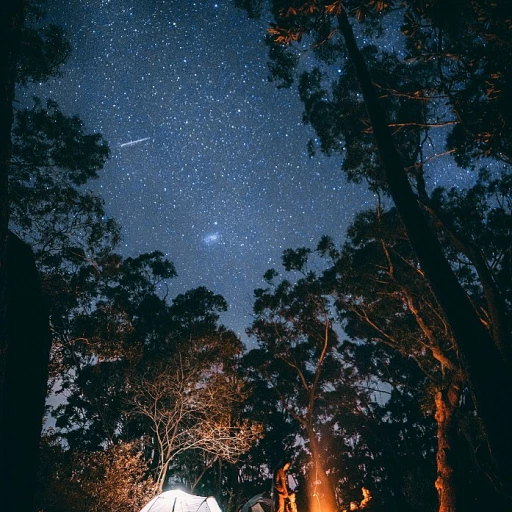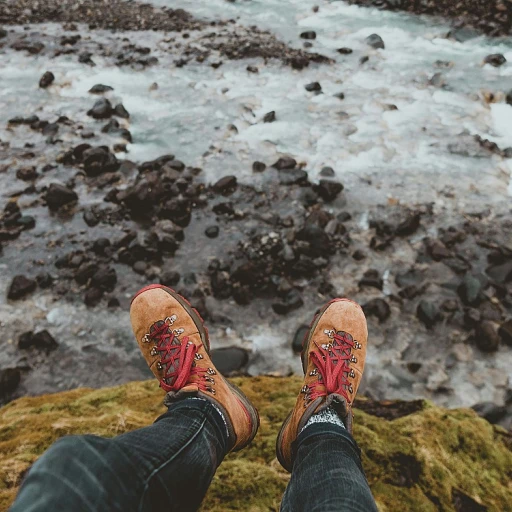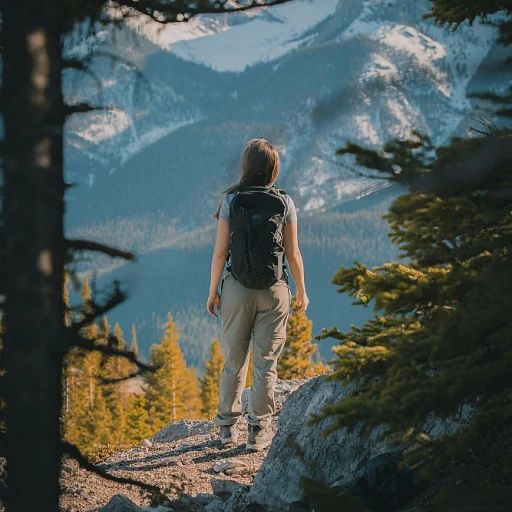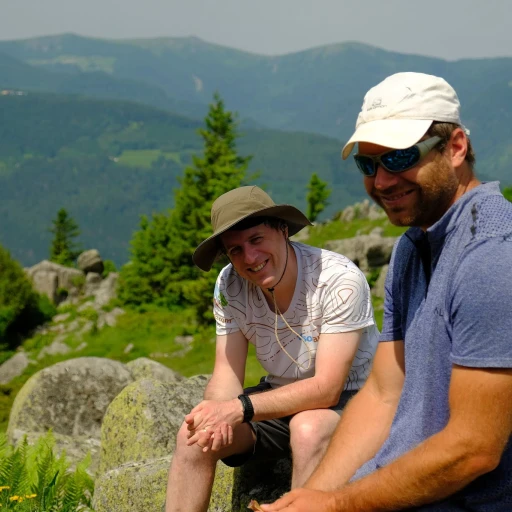
Understanding Yosemite's seasonal weather
Yosemite's diverse weather patterns: a year-round adventure
Yosemite National Park is a treasure trove of natural beauty, but understanding its seasonal weather is key to planning the perfect visit. The park's weather varies considerably throughout the year, offering a unique experience every season.
Springtime in Yosemite sees temperatures ranging from 46°F to 71°F, making it a fantastic time to witness the park's waterfalls at their peak flow. Typically, snow begins to melt, leading to lush greenery and vibrant wildflowers. According to NPS (National Park Service), this is one of the most picturesque times to visit, as nature reawakens from its winter slumber.
On the flip side, summer months (June to September) can get quite warm, with daytime highs reaching up to 90°F. The National Park Service reports that summer is also the busiest season, drawing in crowds eager for hiking, camping, and various outdoor activities. Main attractions like Yosemite Valley and Glacier Point are fully accessible, providing stunning views and countless recreational opportunities.
Fall brings cooler temperatures (35°F to 74°F) and a kaleidoscope of color as the park's foliage changes. This transition period offers a tranquil escape as visitor numbers dwindle. It's a favorite season for photographers looking to capture the park's stunning landscapes with fewer distractions.
Finally, winter transforms Yosemite into a snowy wonderland with temperatures from 28°F to 52°F. While snowfall can make some roads impassable, Tioga Road and Glacier Point Road often close, leading to more serene, less crowded experiences. Locations like the Yosemite Valley remain open for winter sports such as skiing and snowshoeing.
Each season in Yosemite presents its own set of charms and challenges, making it essential to align your visit with your interests. For those inspired by the diverse hiking options across California, check out the top 10 hikes in California for more adventures.
Spring in Yosemite: A season of waterfalls and wildflowers
Splash of wildflowers and waterfalls
Spring in Yosemite National Park is like a refreshing splash of nature waking up after the sleepy winter. It's when Yosemite transforms into a paradise of vibrant wildflowers and roaring waterfalls. The snowmelt from the Sierra Nevada peaks feeds the rivers and streams, making April through June the absolute best time to visit Yosemite for those captivated by cascading waterfalls and blooming flora.
According to the National Park Service, the park experiences its heaviest waterfall flow during this period. Yosemite Falls, the tallest waterfall in North America, typically reaches its peak flow in late May. An interesting nugget: the flow rate of Yosemite Falls can exceed 2,400 gallons per second during peak melt!
During these months, visitors can revel in the beauty of the Merced River, Bridalveil Fall, and Vernal Fall among others. A study by the Geological Society of America found that the increased snowmelt dramatically enhances these waterfalls' volumes, creating the dramatic sights that attract nature enthusiasts and photographers alike.
Wildflower bonanza and hiking trails
Spring isn't just about waterfalls in Yosemite; it's also prime time for wildflower seekers. The lower elevations of the park, like Wawona and Yosemite Valley, burst into colorful displays. Flowers like the Mariposa Lily and Lupine paint the landscapes with their hues, making it a true spectacle.
John Muir, the renowned naturalist who fought to preserve Yosemite, once described the park's wildflower bloom as “a clearing of winter’s hand and a sign of life’s eternal renewal.” For hikers, this is the season to hit trails such as the Wawona Meadow Loop or the Vernal Fall Footbridge.
Weather and accessibility
Spring also comes with its own set of unique weather patterns. While the lower elevations warm up quickly, Tioga Pass and Glacier Point Road often remain closed until late May or early June due to lingering snow. This means some trails and higher elevation areas might be off-limits initially but open up as the season progresses.
It's crucial to be prepared for rapidly changing conditions, especially with the weather in Yosemite Valley. Dressing in layers is advisable as temperatures can range from the 40s in the morning to the 70s by afternoon. Checking current weather conditions on reputable forums or the National Park Service’s website can help plan your visit better.
For a complete understanding of the weather variations during this season, consider visiting this detailed analysis on Yosemite Valley weather.
Summer adventures in Yosemite: Hiking, camping, and more
The essence of summer: Yosemite's playground
The warmth of summer draws droves of adventurers to Yosemite National Park, eager to explore its vast landscapes. Temperatures often soar, creating prime conditions for outdoor activities like hiking, camping, and rock climbing. According to data from the National Park Service, July and August are the busiest months, with more than 600,000 visitors each month.
However, don't let the crowds deter you. With proper planning and a spirit for adventure, summer in Yosemite can be a magical experience.
Hiking in the high country
Exploring Yosemite's trails during summer is nothing short of exhilarating. From the iconic Half Dome to the serene Tuolumne Meadows, there are hikes tailored for every ability level. Tuolumne Meadows, located at a higher elevation, provides cooler temperatures and a breathtaking backdrop for less crowded treks. John Muir, a renowned naturalist who spent countless years exploring Yosemite, once said, “In every walk with nature, one receives far more than he seeks.”
Camping under the stars
Summertime is peak season for camping. Yosemite offers 13 campgrounds, but reservations fill fast, so plan ahead. Staying overnight transforms Yosemite into a different world. As the sun sets, visitors can witness the park's nightlife, including stargazing events organized by the NPS.
Cool off in the water
Beat the summer heat by taking a dip in one of Yosemite's numerous swimming spots. The Merced River, especially in spots like Swinging Bridge and Cathedral Beach, provides refreshing escapes. Always check with the National Park Service for current conditions and safety guidelines.
Embracing the crowds wisely
Although summer is bustling, there are ways to navigate the crowds. Visiting on weekdays, especially early mornings or late afternoons, can significantly reduce wait times and offer a more serene experience. Late June and early September also offer slightly fewer visitors compared to the peak months of July and August.
Summer in Yosemite truly embodies the pinnacle of outdoor adventures. Every trail, campsite, and swimming hole invites exploration. For more tips on when to explore Yosemite’s trails, check out our comprehensive guide here.
Fall foliage in Yosemite: A photographer's dream
Photographic bounty in Yosemite's autumn
Yosemite National Park, come fall, is nothing short of a canvas painted in the warm hues of red, orange, and gold. Nature photographers and casual visitors alike have lauded the park's autumn for its quiet beauty and picturesque scenery. Hetch Hetchy and Yosemite Valley, draped in these splendid colors, beckon to be captured through your lens. One eminent photographer, Michael Frye, in his well-reviewed book 'The Photographer's Guide to Yosemite', mentions that the fall season personally stands out for him. According to Frye, “the light is softer, and the colors pop out more fiercely against the greenery and rock formations.” Seine, a member of the National Park Service who has been working in Yosemite for years, concurs, adding that fall offers “an unparalleled opportunity for reflective shots,” especially by the Merced River, which flows calmly during these months.Visiting popular landmarks
Landmarks like Glacier Point and Tioga Road take on a new character in the fall. Glacier Point, in particular, becomes less crowded, giving photographers a chance to capture its grandeur sans the summertime throngs. Currently, experts advise timing your visit to these popular spots between late September and early November for the best experience. Scholars from the University of California conducted a study in 2020 showing visitor statistics that support visiting Yosemite during the fall for a crowd-free experience. The study documented a 30% drop in visitors compared to the peak summer months. This makes it an ideal period not just for photographers but for anyone looking to enjoy the tranquil beauty of Yosemite. Tioga Road, often closed in winter, remains open till the first snowfalls of the season. Travel forums like TripAdvisor teem with posts helpful votes about timing your trip around these months. Threads often feature discussions on the breathtaking views from Tioga Pass and tips on capturing the might of giant sequoias in Mariposa Grove when the fall light filters through.Practical tips for capturing the season's beauty
When planning to visit Yosemite for fall photography, timing is imperative. Days are shorter, so it's best to start early. Expert photographers often recommend carrying a tripod for those long-exposure shots. While summer’s vibrancy may tempt many, those who've tasted the tranquility of a fall morning in Yosemite know it's worth the slight chill. A pro tip from seasoned hikers is to explore lesser-known trails. Areas like Wawona and Tuolumne Meadows, often overlooked, offer unique shots without the crowd interruptions. Additionally, hotels in Yosemite National Park typically become more affordable as fall approaches, making accommodations less of a strain on your budget. Engaging in online photographic forums and travel boards offers more than just idle chatter—it’s a treasure trove of advice. Forums pulse with real-time data, and every comment, from a single post to the helpful votes best rated, offers insights born out of firsthand experience. Utilizing these can transform your trip from an ordinary vacation into a well-thought-out photography expedition. In essence, capturing Yosemite in the fall isn't just about the perfect shot; it’s about the experience. Like the timeless words of Ansel Adams, “You don't take a photograph, you make it.” And in fall, Yosemite National Park offers all the raw materials abundantly.Winter in Yosemite: Snowy landscapes and serene beauty
The magic of winter at yosemite: a serene wonderland
When the cold sets in and snow blankets the grounds, Yosemite National Park takes on an exceptional beauty. This season, often less crowded, provides a unique opportunity to explore and appreciate the park's wonders without the usual hustle and bustle.Snow-covered wonderlands and majestic views
Winter in Yosemite offers a peaceful and serene landscape. The snow-covered trees and meadows create a stunning contrast against the bright blue sky. According to the National Park Service, the average snowfall in the higher elevations, such as Tuolumne Meadows, can reach up to 65 inches annually. These snow-laden landscapes make the park feel like a winter wonderland, perfect for tranquil hikes and stunning photography.From yosemite valley to glacier point: must-see spots in winter
Yosemite Valley remains accessible during winter and provides breathtaking views of snow-dusted landmarks such as El Capitan and Half Dome. Glacier Point, one of the park’s most iconic vantage points, is generally closed due to snow, but skiing and snowshoe tours offer an adventurous way to experience the climb up to the vista. Websites like Hiking-Boots.net highlight the importance of checking the Yosemite valley weather for any updates before planning your trip.Embrace winter activities
Winter is not just about tranquility; it’s also the perfect time for winter sports. The Badger Pass Ski Area, operational since 1935, offers everything from downhill and cross-country skiing to snowboarding. For a more relaxed activity, consider ice skating at the Curry Village Ice Skating Rink, a family favorite.Practical tips for winter visitors
Visiting Yosemite during winter requires some preparation. Roads can be tricky, and Tioga Road, which leads to areas like Tuolumne Meadows, is usually closed from November through late May. Make sure to check road conditions and carry tire chains if you plan to drive. For those preferring to stay overnight, vacation rentals or staying at a view hotel in Yosemite Valley can provide close proximity to winter activities. Lastly, remember to dress in layers and stay warm to fully enjoy this magical season.Yosemite's iconic landmarks: When to visit Glacier Point, Yosemite Valley, and more
Glacier Point: A panoramic marvel
Glacier Point offers one of the most breathtaking views in Yosemite National Park. At an elevation of over 7,200 feet, it provides a stunning vantage point for panoramic views of Yosemite Valley, Half Dome, and the majestic High Sierra. The best time to visit Glacier Point is typically from late May to October, when Glacier Point Road is usually open and accessible. However, a considerable fact to note is that about 15-20 years ago, Glacier Point Road had to deal with closures due to heavy snowfalls and other natural events. Thus, it's always wise to check the road status with the National Park Service before your visit.Exploring Yosemite Valley: The heart of the park
Yosemite Valley is the place most visitors envision when thinking of Yosemite National Park. Encompassing famous landmarks like El Capitan and Bridalveil Fall, the valley is accessible year-round, although the experience can vary greatly with the seasons. During the summer, it can get quite crowded, leading to increased traffic, packed parking lots, and booked-out accommodations. On the other hand, winter offers a quieter, almost mystical atmosphere with less crowding, despite some areas being limited due to snow.Tioga Road: Gateway to high country adventures
Tioga Road (Highway 120) climbs to an elevation of nearly 10,000 feet and serves as a gateway to the Sierra Nevada high country and Tuolumne Meadows. Tioga Road usually opens from late May to early June and closes by November when snow and ice conditions persist. According to the National Park Service, Tioga Pass remained closed for nearly six months in 2017 due to substantial snowfall. This road is a must-visit for those looking to escape the crowds and discover less-visited gems like Tuolumne Meadows and Hetch Hetchy.Hetch Hetchy: A hidden treasure
Often overshadowed by the more popular Yosemite Valley, Hetch Hetchy offers a more secluded, quieter experience. The Hetch Hetchy Reservoir provides access to some less-traveled trails and breathtaking scenery. Surprisingly, Hetch Hetchy is accessible year-round, but the best time for hiking is during the spring and fall, when the temperatures are milder, and wildflowers bloom.Planning for your trip
To maximize your visit to Yosemite's iconic landmarks, planning is crucial. Remember to check the National Park Service website for road conditions, weather updates, and other essential information before setting off. Whether you're based in San Francisco, Los Angeles, or anywhere in between, understanding the best times to drive to Yosemite can save you a lot of headaches. If you want an in-depth look at the seasonal weather in Yosemite for hikers and trekkers, visit Yosemite Valley Weather: An In-Depth Look for Hikers and Trekkers.Avoiding the crowds: Off-peak times to visit Yosemite
Discovering the perks of visiting off-peak
If you're like most folks, the idea of navigating through throngs of tourists is a bit of a buzzkill. Luckily, Yosemite National Park offers plenty of opportunities to enjoy its stunning beauty sans the crowds. Here are some tips for avoiding the busiest times and making the most of your visit.
Shoulder seasons: Your best bet
The shoulder seasons, namely spring and fall, are golden times to experience Yosemite. According to the National Park Service, visitation tends to dip during these periods, making it easier to find parking and snag that perfect photo op. Plus, the weather is generally pleasant—and who can resist the sight of spring wildflowers or the vibrant fall foliage?
Spring is particularly special because of the waterfalls. Snowmelt from the Sierra Nevada fills up the rivers and streams, making for spectacular cascades. In fall, the park's foliage turns into a palette of warm colors, creating a photographer's dream.
Weekdays over weekends
If you can swing it, visiting during the week is always a good strategy. Reports and forums show that weekends, especially holiday weekends, bring in waves of tourists from nearby megacities like San Francisco and Los Angeles. By opting for a weekday trip, you'll find quieter trails and shorter lines at park attractions.
Early morning or late afternoon visits
Another hack for a peaceful experience is to arrive early in the morning or late in the afternoon. Data suggests that the bulk of visitors arrive between 10 AM and 2 PM. By getting an early start, you can hit popular spots like Yosemite Valley and Glacier Point without the hustle and bustle. Late afternoons are equally tranquil, offering gorgeous sunset views.
Exploring lesser-known areas
Exploring areas that are off the beaten path can also help you dodge the crowds. Places like Hetch Hetchy, Tuolumne Meadows, and Wawona offer breathtaking scenery without the congestion of more popular spots. According to expert reviews, these areas not only provide solitude but also showcase the park's wide-ranging natural beauty.
Opting for winter months
While winter might not be the first season you think of for outdoor adventures, Yosemite transforms into a serene, snow-covered wonderland during this time. With fewer visitors, you'll have serene landscapes all to yourself. Just make sure to check road conditions—Tioga Road and Glacier Point Road often close due to snow.
In summary, careful planning can help you avoid the biggest crowds and enhance your Yosemite experience. Whether you're eager to catch roaring waterfalls in spring, vibrant foliage in fall, or peaceful winterscapes, knowing when to visit can make all the difference.
Planning your trip: Practical tips for visiting Yosemite
Where to stay: the best accomodation for your yosemite trip
When planning your trip to Yosemite National Park, one of the first things to consider is where you'll be staying. The park, which is visited by over 4 million people every year, offers a variety of accommodation options to suit every traveler's needs.Lodging inside yosemite national park
Staying within the park provides easy access to its iconic landmarks and stunning natural beauty. Here are a few options:- The Ahwahnee Hotel: Known for its stunning architecture, this hotel, sometimes called the Hotel Yosemite National, offers a luxurious experience with breathtaking views of Yosemite Valley. It was designated a National Historic Landmark in 1987.
- Yosemite Valley Lodge: Ideal for those who want to be close to Yosemite Falls, this lodge offers mid-range accommodations and is perfect for families.
- Wawona Hotel: This charming Victorian-era hotel is located near the Mariposa Grove of Giant Sequoias. It provides a more historic lodging experience.
- Curry Village: If you're looking for something a bit more rustic, Curry Village, also known as Half Dome Village, offers canvas tent cabins as well as regular cabins.
Camping in yosemite
For those who want to immerse themselves in nature, camping is a fantastic option. Yosemite offers 13 campgrounds, several of which require reservations. Housekeeping Camp near the Merced River is a popular spot, especially for families. Reservations are crucial as campgrounds fill up quickly, especially during the summer months.Vacation rentals and private lodging
Another option is to book vacation rentals or private lodges just outside the park. These can offer more privacy and comfort, especially for larger groups. Websites like Airbnb and Vrbo have numerous listings in nearby towns like Mariposa, Wawona, and Fish Camp.Planning your stay
When planning your visit, consider the following tips:- Book early: Popular places like The Ahwahnee Hotel and Yosemite Valley Lodge get booked months in advance, especially in peak seasons like summer and during holidays.
- Read reviews: Websites and forums filled with posts helpful votes can give you great insights from fellow travelers about the best accommodations.
- Check for availability: Unsurprisingly, accommodation availability can vary greatly between different times of the year visit yosemite. Always check and double-check before finalizing your plans.
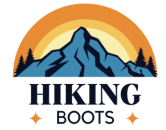
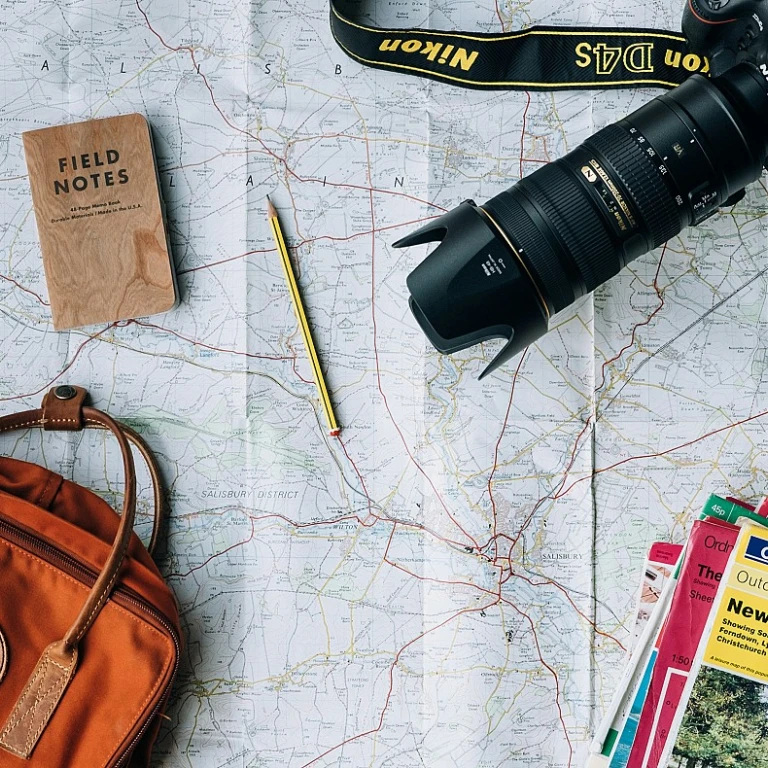
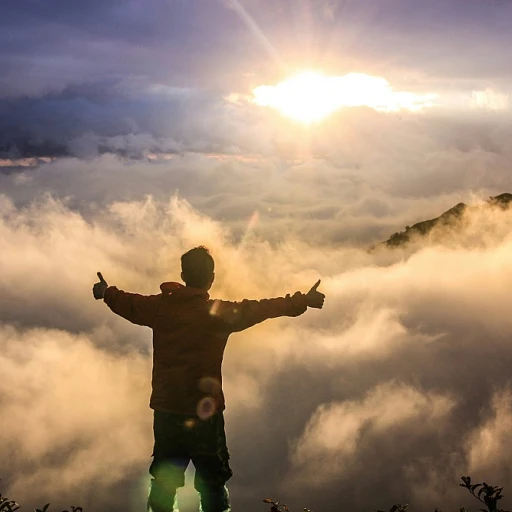
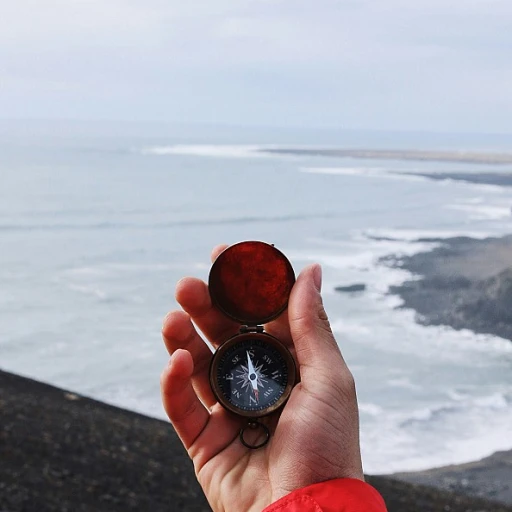
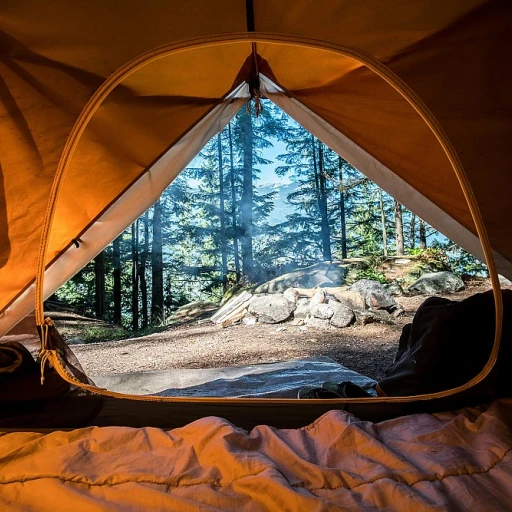
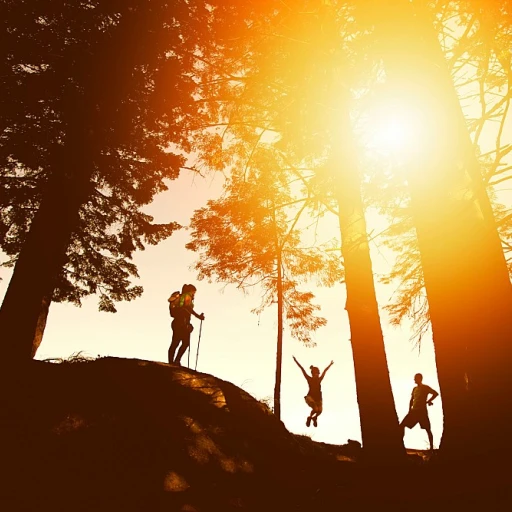
-large-teaser.webp)
